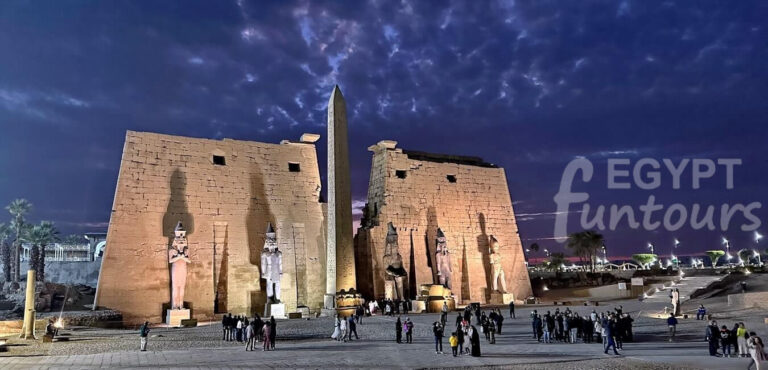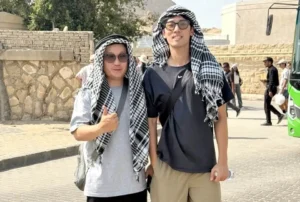Imagine an entire 13,000-block temple, standing on the edge of the rising waters of Lake Nasser, about to be lost forever. This was the grim fate facing the Kalabsha Temple in the 1960s.
Originally located 50 kilometers south of Aswan, this magnificent structure was directly in the path of the water surge caused by the Aswan High Dam. In a monumental effort of international cooperation led by UNESCO, a dedicated team meticulously dismantled the entire temple, numbered its thousands of blocks, and re-erected it on its new, safe home on New Kalabsha Island.
Today, this rescued temple stands as a tranquil, breathtaking testament to ancient craftsmanship and modern preservation.

























